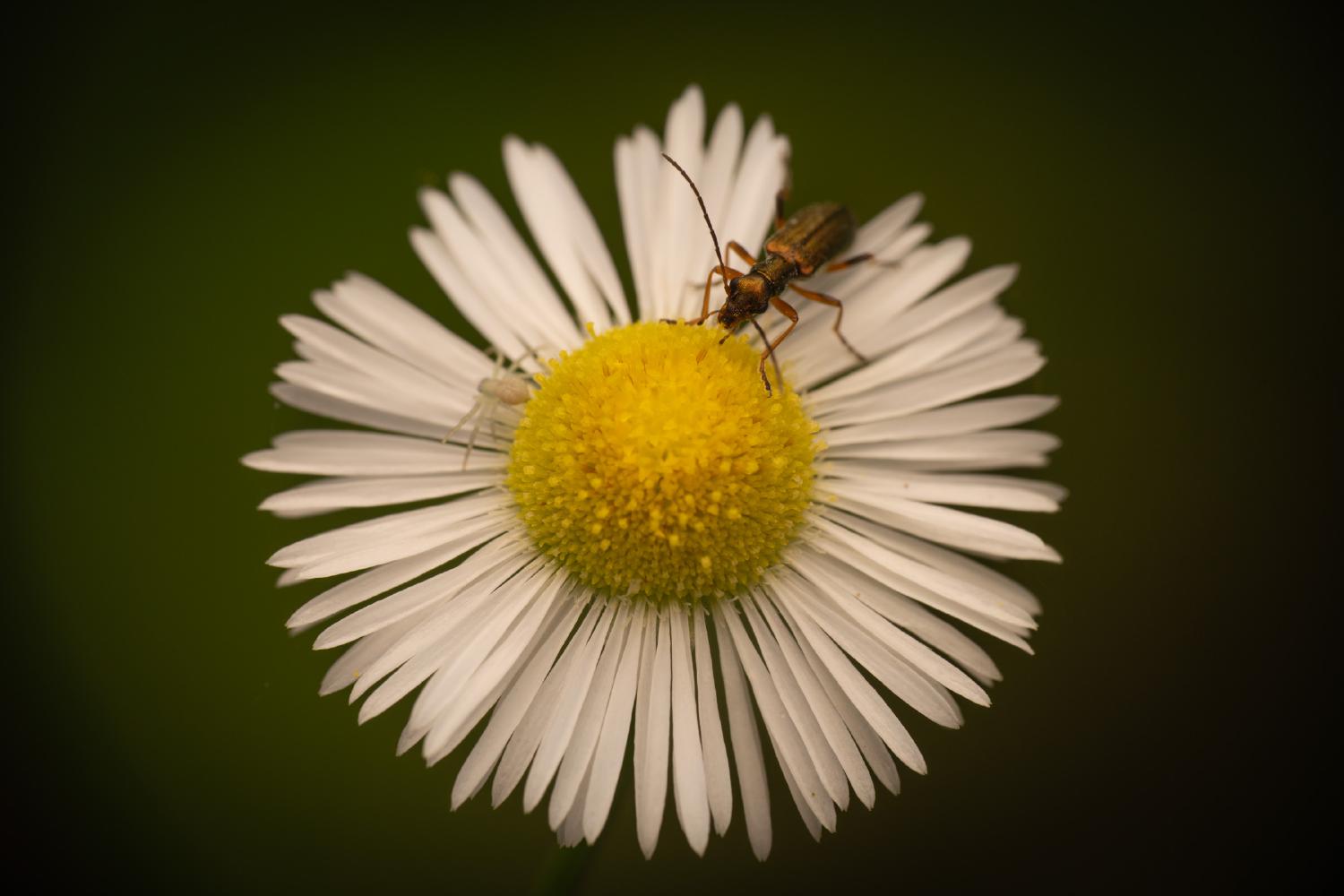Chrysanthia viridissima
Lat. “Chrysanthia viridissima“
species
of family
“False Blister Beetles“
1 species
The Cantharis viridissima var. cuprina Pic is a subspecies of the Chrysanthia viridissima beetle. These beetles are commonly found in Europe and the eastern Palearctic realm, inhabiting flowery meadows and woodlands. They have a soft, elongated body, with a hearth-shaped pronotum and densely punctured elytra. Adults are metallic green, blue, or coppery in color. They are phytophagous, feeding on pollen and nectar, and their larvae live inside roots or dead wood.
Subspecies
Subspecies include: Cantharis viridissima var. cuprina Pic
Distribution and habitat
These quite common beetles are present in most of Europe and in the eastern Palearctic realm (Albania, Austria, Bulgaria, Croatia, Czech Republic (Bohemia, Moravia), Finland, France, Germany, Greece, Hungary, Italy, Montenegro, Poland, Romania, Russia, Serbia, Slovakia, Slovenia, Spain, Sweden, and Switzerland). These beetles inhabit flowery meadows and woodlands.
Description
Chrysanthia viridissima can grow up to 7–10 millimetres (0.28–0.39 in) long. These beetles have a soft and rather elongated bodies. The head is elongated. The mandibles are bifid. Antennae are long and filiform, composed by eleven segments. Pronotum is hearh-shaped. Elytra are densely punctured and have four longitudinal ribs. On the legs all pairs of coxae are enlarged. The legs and antennae are dark. Adults are metallic green (hence the Latin epithet viridissima, meaning very green), blue or coppery. This species is rather similar to Chrysanthia geniculata, but they can be distinguished by the hair, the shape of the throat plate, the ribs on the elytra and the color.
Biology
Adults are phytophagous. They can mostly be encountered from May through July feeding on pollen and nectar mainly of Apiaceae species, especially, Angelica sylvestris and Heracleum sphondylium, but also on Cistus salviifolius (Cistaceae) and Achillea millefolium(Asteraceae). The larvae live inside roots or in dead wood, being xylophages.
Bibliography
Linnaeus, C. 1758: Systema Naturae per regna tria naturæ, secundum classes, ordines, genera, species, cum characteribus, differentiis, synonymis, locis, Tomus I. Editio decima, reformata. Holmiæ: impensis direct. Laurentii Salvii. i–ii, 1–824 pp;p. 403 Vazquez, X. A. - 1989 - El genero Chrysanthia Schmidt en la Peninsula Iberica (Col., Oedemeridae) - Elytron, 3: 125-136 Vazquez, X. A. - 2002 - European Fauna of Oedemeridae - Argania editio, Barcelona, 179 pp. Edmund Reitter: Fauna Germanica - Die Käfer des Deutschen Reiches. 5 Bände, Stuttgart K. G. Lutz 1908 - 1916, Digitale Bibliothek Band 134, Directmedia Publishing GmbH, Berlin 2006, ISBN 3-898-53534-7 Michael Chinery, Insectes d’Europe en couleurs, Bordas, 1987, 486 p. (ISBN 9 782040 125752 et 2-04-012575-2), p. 345
External links
Kerbtier - Compare beetles Photo Mazza
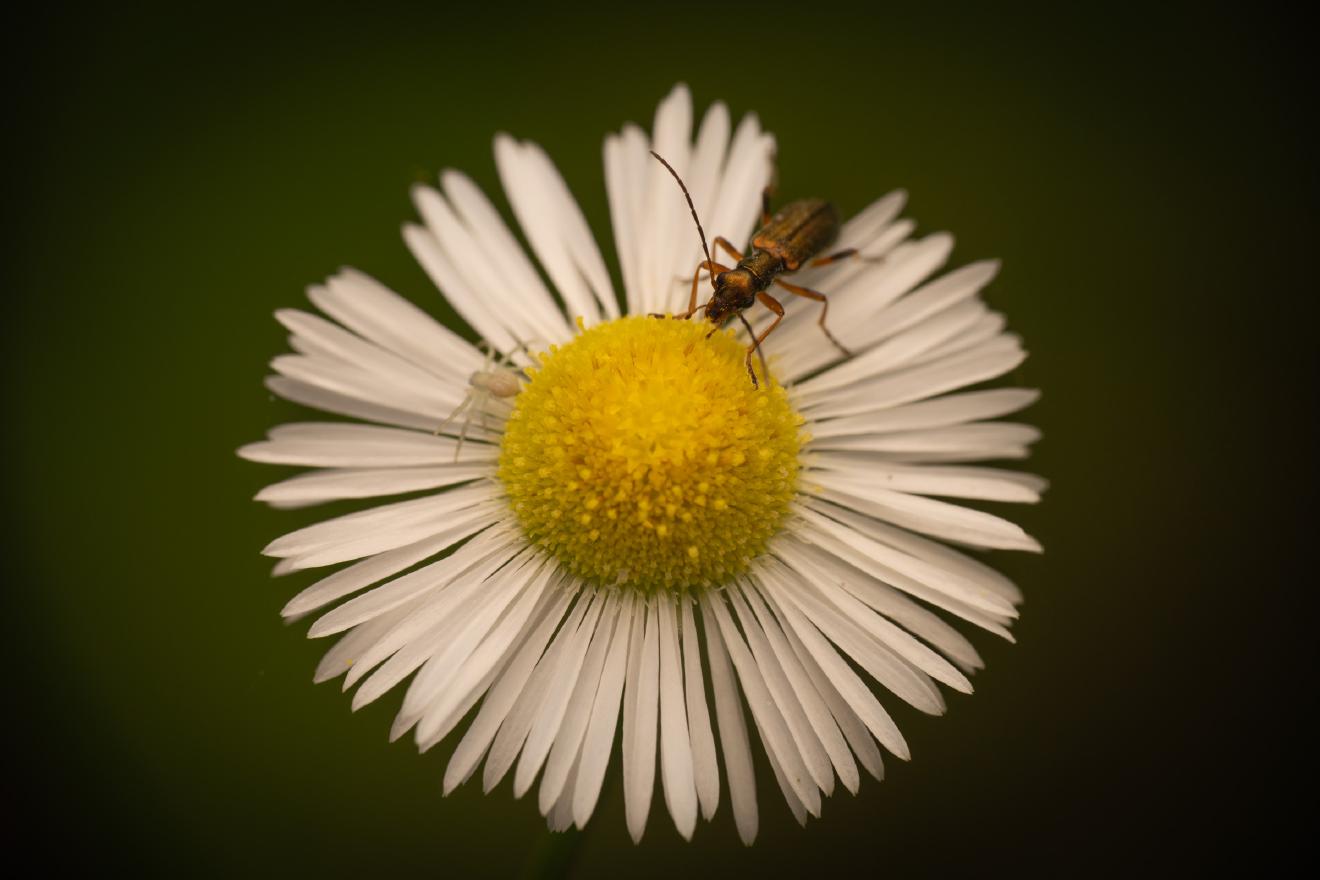
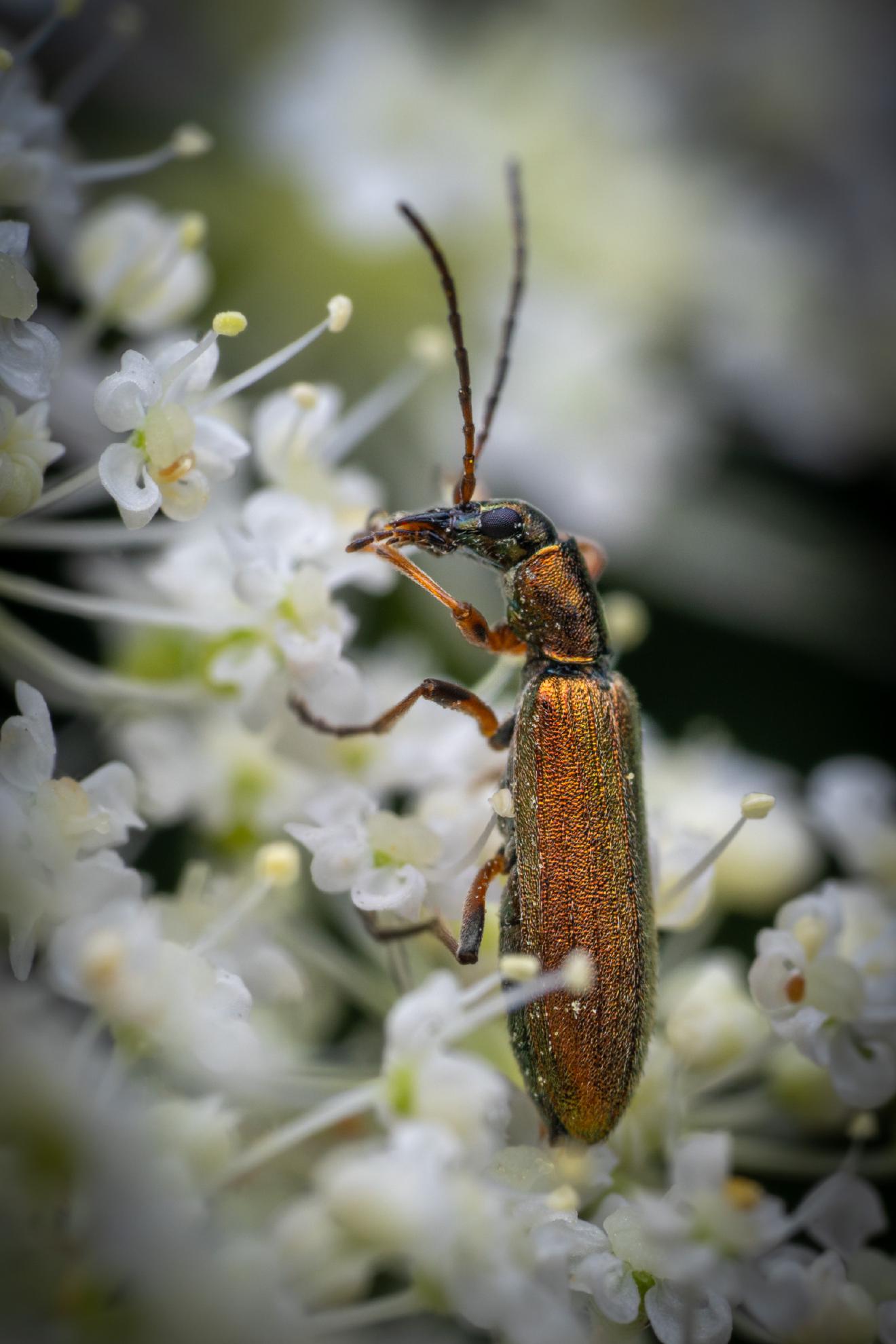
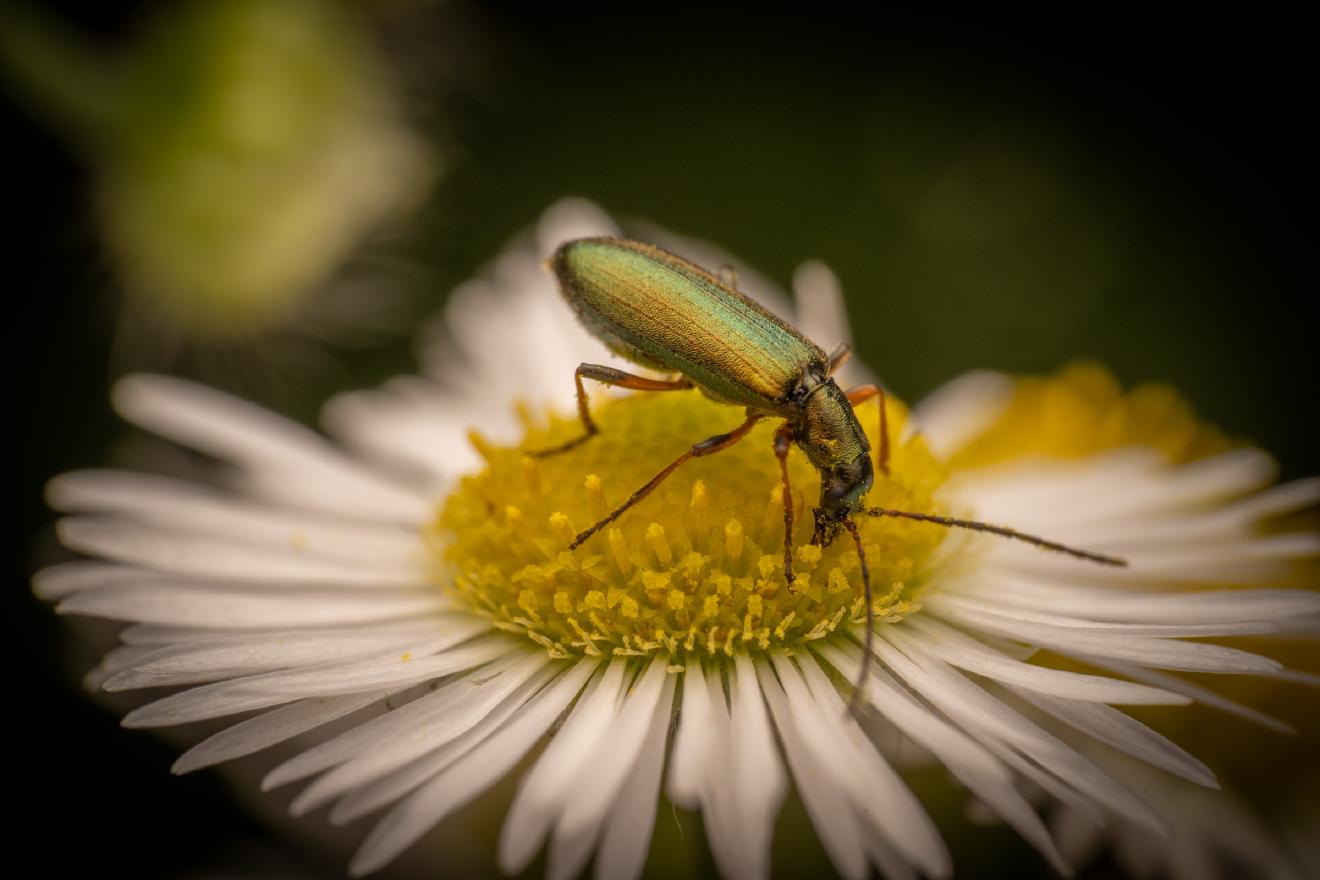
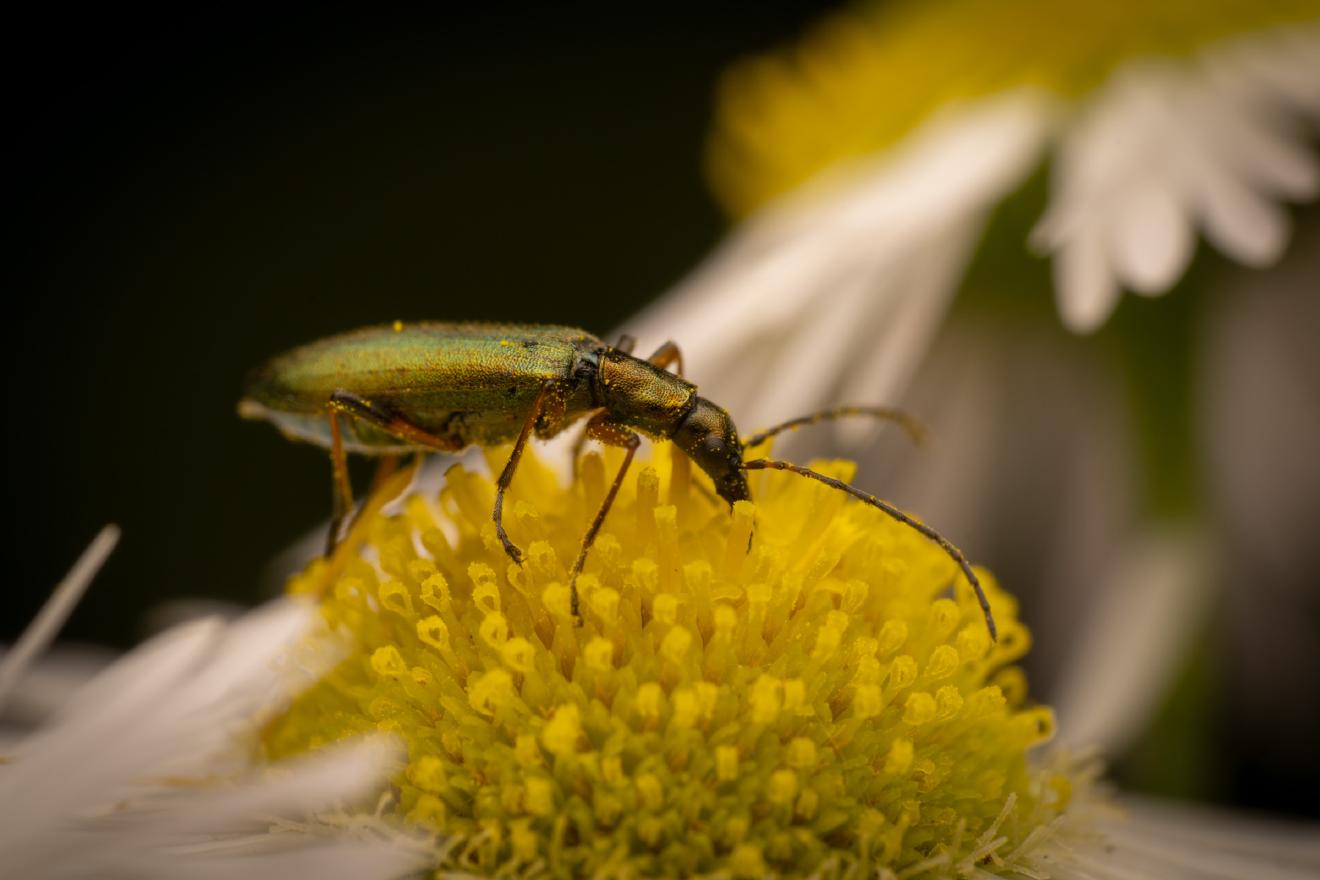
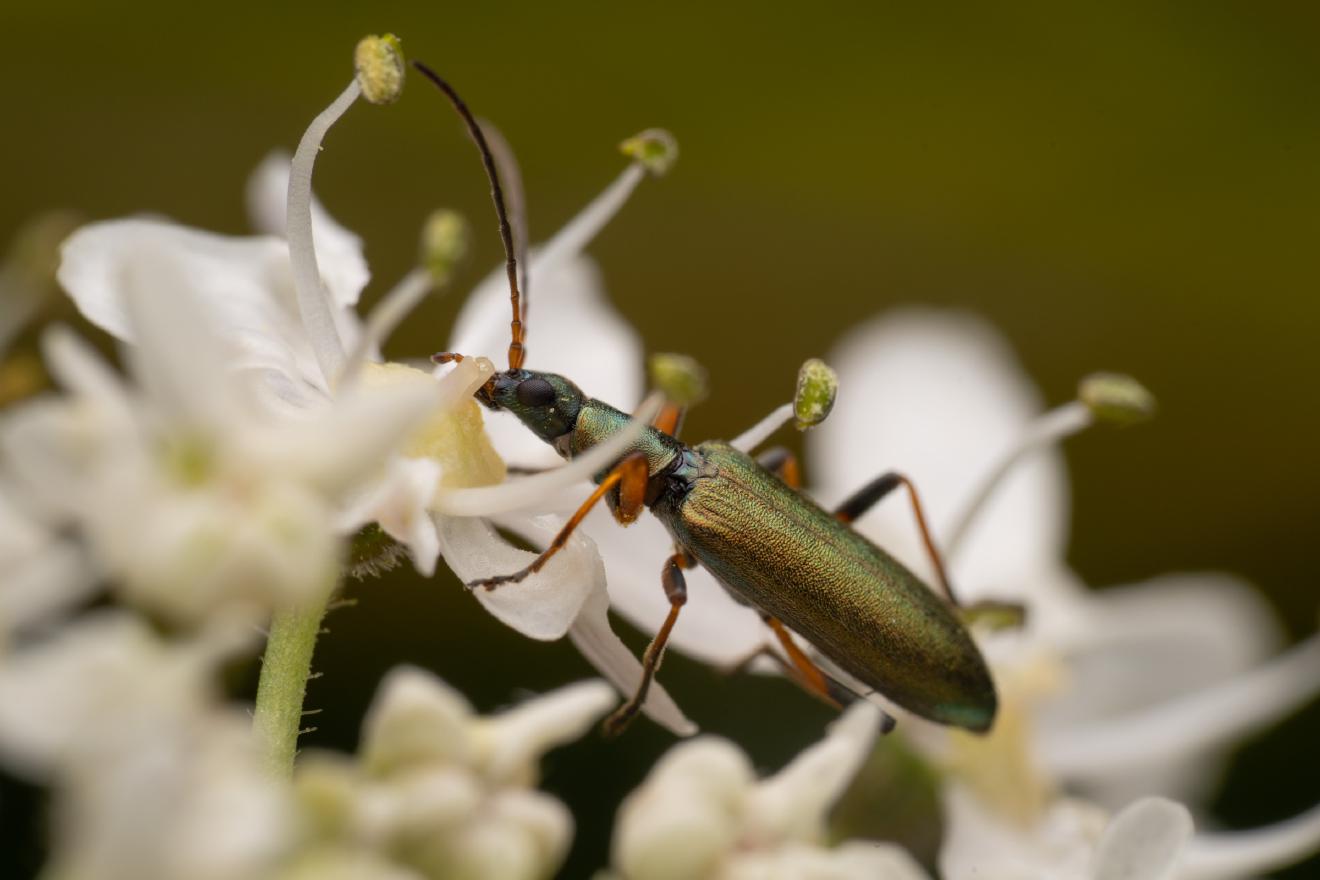
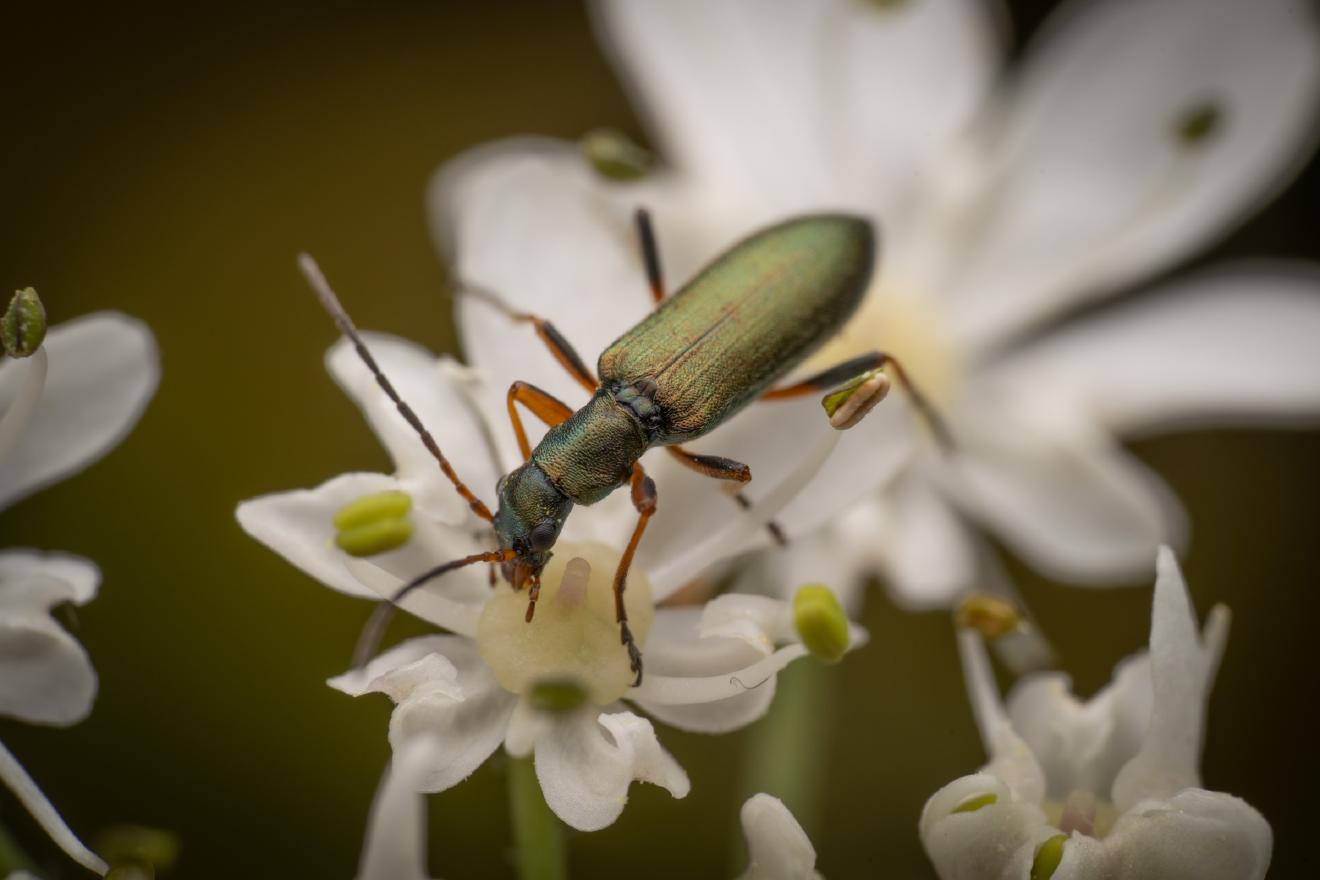
Ancestry Graph
Further Information
Copyright

This article uses material from the Wikipedia article Chrysanthia viridissima the free encyclopedia Wikipedia which is released under Creative Commons Attribution-ShareAlike 4.0 International License). On Wikipedia a list of authors is available.
